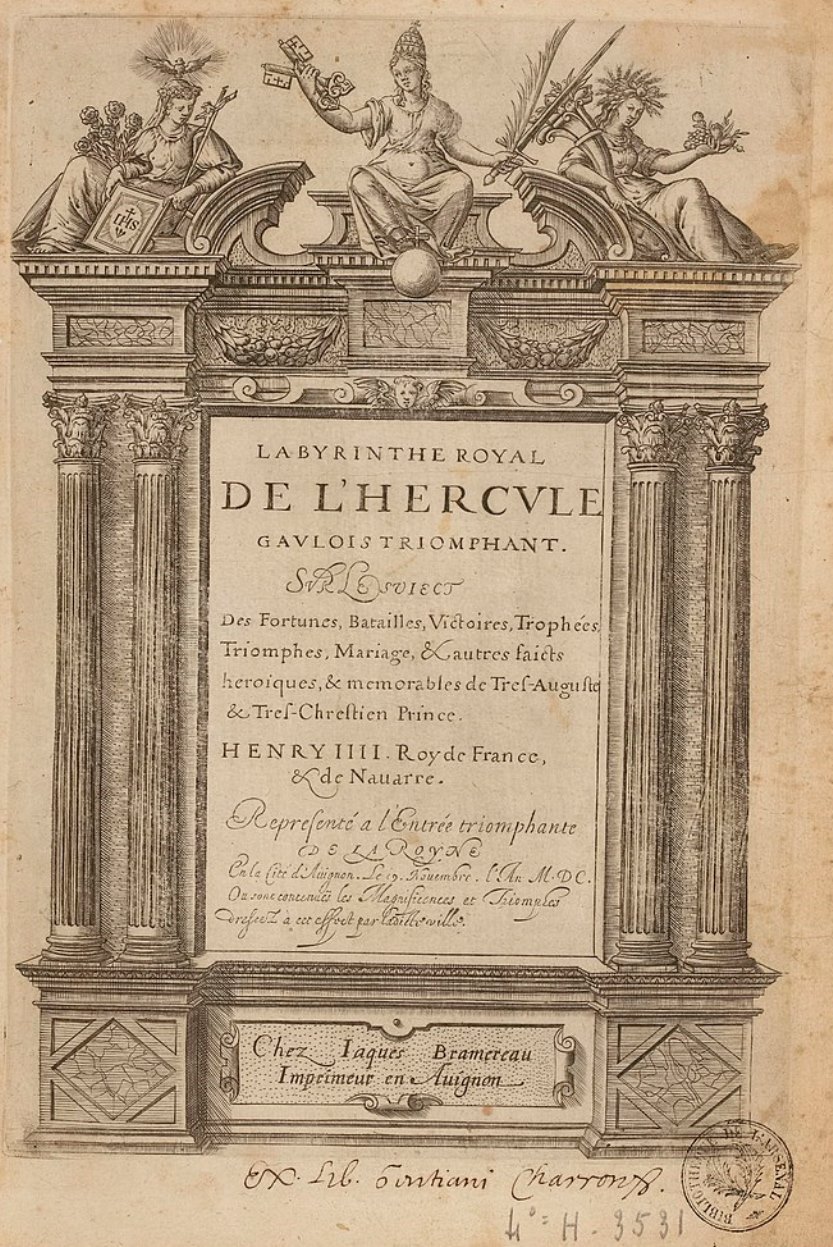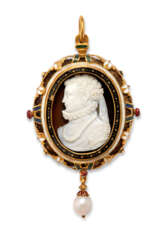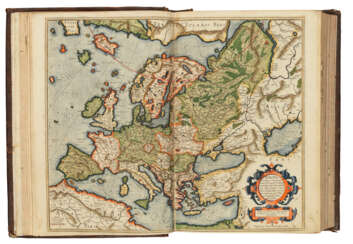marie queen of france






Frans Pourbus the Younger was a Flemish artist, renowned for his sophisticated portraiture, who gained prominence for his meticulous depiction of opulent costumes, jewelry, and drapery. Born in Antwerp in 1569 into a family with a rich artistic lineage, Pourbus honed his craft in the vibrant cultural milieu of the time. His grandfather, Pieter Pourbus, was a leading portrait and history painter in Bruges, while his father, Frans Pourbus the Elder, was a significant figure in portrait and genre painting. The younger Pourbus’s artistry was characterized by its attention to detail rather than the exploration of dramatic scenes or landscapes, a style that resonated with the sensibilities of the courts he served.
Pourbus's career flourished as he became a court painter to influential figures such as Archduke Albert and Infanta Isabella in Brussels. His reputation for producing portraits that were aesthetically pleasing to his patrons propelled him to work for Vincenzo Gonzaga, Duke of Mantua, and subsequently, Marie de' Medici, Queen of France, in Paris. His works are preserved in prestigious collections across Europe, including the Louvre, the Prado, the Rijksmuseum, and the Metropolitan Museum of Art. Notable pieces such as the portrait of Eleonora de' Medici Gonzaga and the Infanta Isabella Clara Eugenia of Spain exemplify his skill in capturing the grandeur of the European aristocracy of the 17th century.
Art collectors and antiquities experts who admire the grandiose style of early European court portraiture find in Pourbus's work a quintessential representation of the era's aesthetics. His paintings, replete with detailed costume and adornment, provide a window into the past's lavishness and serve as enduring artifacts of cultural heritage. For updates on new product sales and auction events related to Frans Pourbus the Younger, signing up for our newsletter is a discreet and direct way to stay informed.


André Valladier was a French Jesuit, theologian and writer.
Valladier served as abbot of the Benedictine abbey of Saint-Arnoux and worked as professor of rhetoric at Avignon. He published about ten works on various subjects. The first of these was The Royal Labyrinth, a book describing the visit of King Henry IV and his new wife, Maria de' Medici, to the city of Avignon. This illustrated book was a great success and went through many editions.


Louise Joséphine Bourgeois was a French-American artist. Although she is best known for her large-scale sculpture and installation art, Bourgeois was also a prolific painter and printmaker. She explored a variety of themes over the course of her long career including domesticity and the family, sexuality and the body, as well as death and the unconscious. These themes connect to events from her childhood which she considered to be a therapeutic process. Although Bourgeois exhibited with the Abstract Expressionists and her work has much in common with Surrealism and Feminist art, she was not formally affiliated with a particular artistic movement.









![[MARIE-THÉRÈSE D'AUTRICHE, REINE DE FRANCE (1638-1683)]](/assets/image/picture_2500914/a8a16/f5baebd00e8a272e64ac8e110fce3ccc1667984400jpg__fix_374_244.jpeg)
![[MARIE-THÉRÈSE D'AUTRICHE, REINE DE FRANCE (1638-1683)]](https://veryimportantlot.com/assets/image/picture_2500914/a8a16/f5baebd00e8a272e64ac8e110fce3ccc1667984400jpg__fix_374_244.jpeg)





































![[RUBENS, Peter Paul (1577-1640)] - La Gallerie du Palais Luxembourg, Peinte par Rubens, dessinée par les Srs Nattier, et gravée par les plus illustres graveurs du temps. Paris: 1710.](/assets/image/picture_1242417/308c6/noeuvm6cxn7o-99dnpug9tuhhrjrhi4nnq2fd4esz9idyd5xq9k0bgm1djv0euc1608651686jpg__fix_374_244.jpeg)
![[RUBENS, Peter Paul (1577-1640)] - La Gallerie du Palais Luxembourg, Peinte par Rubens, dessinée par les Srs Nattier, et gravée par les plus illustres graveurs du temps. Paris: 1710.](https://veryimportantlot.com/assets/image/picture_1242417/308c6/noeuvm6cxn7o-99dnpug9tuhhrjrhi4nnq2fd4esz9idyd5xq9k0bgm1djv0euc1608651686jpg__fix_374_244.jpeg)
![[MARIE-ANTOINETTE, REINE DE FRANCE (1755-1793] et Jacob Nicolas MOREAU (1717-1803)](/assets/image/picture_2500910/8ea5e/656ebc93f40ea59709c886aded9229e81667984400jpg__fix_374_244.jpeg)
![[MARIE-ANTOINETTE, REINE DE FRANCE (1755-1793] et Jacob Nicolas MOREAU (1717-1803)](https://veryimportantlot.com/assets/image/picture_2500910/8ea5e/656ebc93f40ea59709c886aded9229e81667984400jpg__fix_374_244.jpeg)



![[CUISINE PRINCIÈRE].](/assets/image/picture_2734554/c10ec/c9a4117ca317201c2330962667b08c751679526000jpg__fix_374_244.jpeg)
![[CUISINE PRINCIÈRE].](https://veryimportantlot.com/assets/image/picture_2734554/c10ec/c9a4117ca317201c2330962667b08c751679526000jpg__fix_374_244.jpeg)























